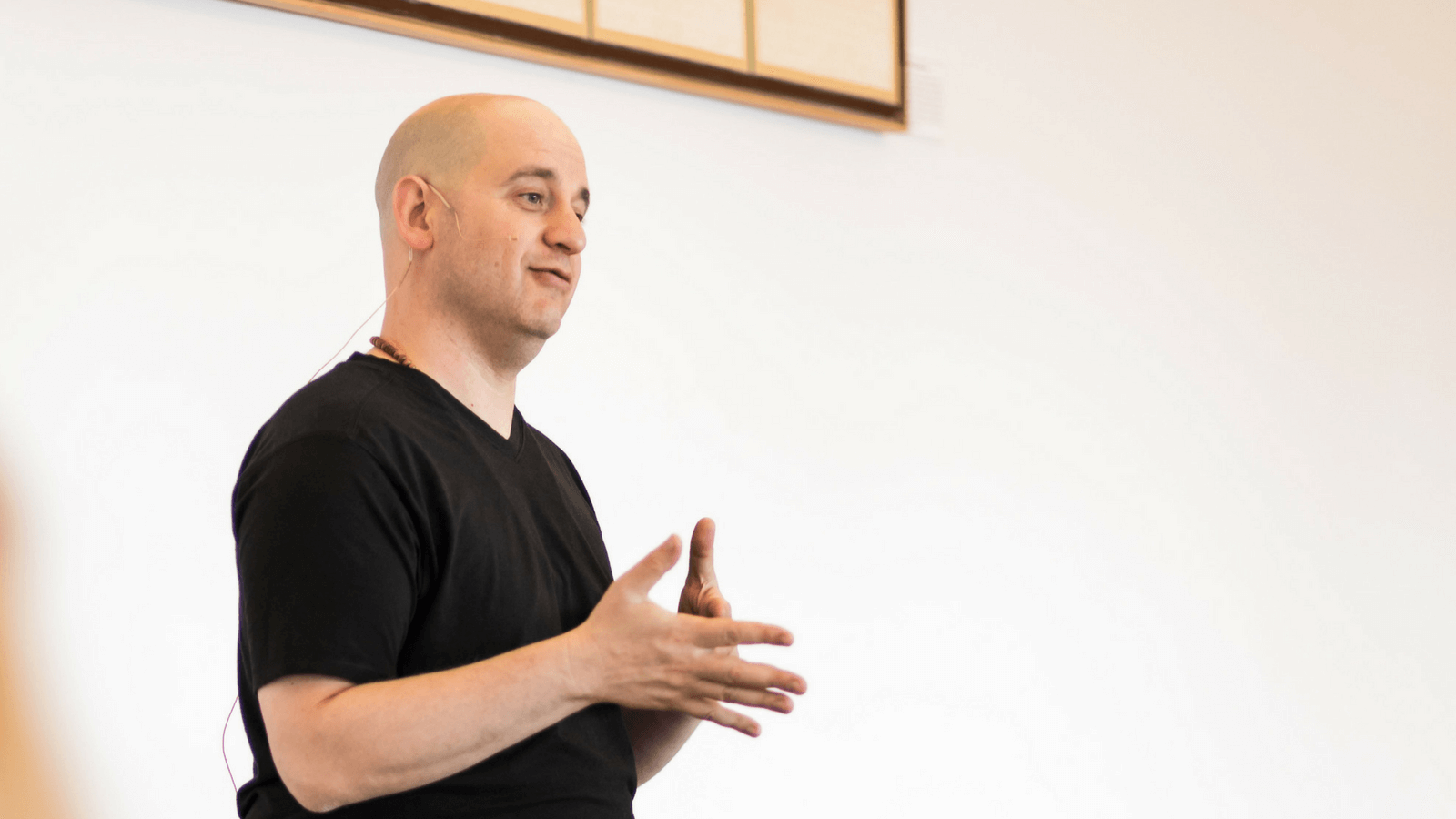Sciatica is a common complaint. People experience pain along the sciatic nerve which runs down the back/outside part of the thigh and calf, can affect the foot, the heel and the space between the first and second toes.
Technically, sciatica is not a condition itself. It’s a symptom. And depending on the cause, it needs to be treated differently.
In my practice, I have worked with many for sciatica symptoms. To think of them as one group would be a mistake, since the causes are varied and therefore, the treatments were, as well. All however involve some sort of impingement of the sciatic nerve that causes symptoms.
Some Possible Causes Include:
Some Muscular Causes Include:
- Piriformis issues (sciatic nerve runs under or through this muscle)
- Quadratus lumborum (QL) issues
- Low back muscles in combination with above
So what do we as Yoga Therapists do to help?
First we try to figure out the issue. Ideally we would have some pictures letting us know if there is a herniated disc or stenosis in the spine. This can also be figured out by knowing whether or not forward bending or back bending makes it worse. If forward bending makes it worse it is usually the herniated disc variety and with back bending, the stenosis variety. People often will want to stretch the pain away. They will stretch their hamstrings and get very temporary relief. This however is often not the best idea because it requires forward bending and often aggravates herniated disc issues.
In my opinion, the ideal approach is to create space in the lumbar vertebrae, strengthen weak muscles that contribute to compression of the spine, and strengthen weak muscles that cause the piriformis to overwork. Finally, stretch muscles that are shortened (usually hip flexors).
If Yoga Therapists do this while keeping in mind the client’s limitations based on the forward bending and back bending assessment, a sequence can be developed that is beneficial for their body and can move them towards resolving sciatica pain.
In Summary:
- Get a good read on whether back bending or forward bending is contraindicated
- Don’t stretch away the pain
- Strengthen weak muscle groups
- Stretch shortened muscle groups
In the Breathing Deeply Yoga Therapy Program we learn assessment techniques to individualize treatments for conditions like sciatica.
You can learn more about our yoga therapy school here or be referred to a BDYT, by contacting us. If you’re suffering from physical injuries or problems such as scoliosis, a rotator cuff tear, or plantar fasciitis, a yoga therapist can help alleviate your pain.
May all beings be free from suffering,
Brandt














 Namaste,
Namaste,